On the Road Again
Searching for themes
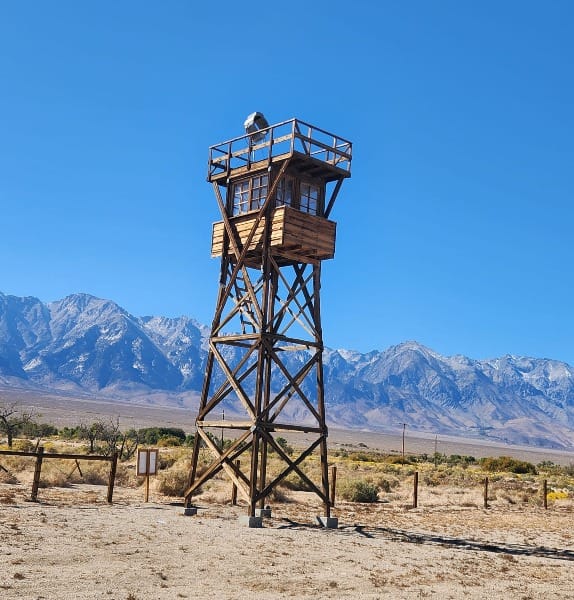
I'm a week into my second road trip this autumn. Like the first one, I'm visiting national parks and monuments as a form of field research for the book I'm working on. Being able to picture the places I'm writing about from direct experience adds vital qualities to my writing.
But road trips can be disorienting. I've driven 1,500 miles this week. How can I keep all that I've seen straight? Sometimes, having a theme helps with orientation. Some have emerged, although I'm not sure they cohere.
Recovering Fire
None of the national park entry points is staffed right now, but just beyond the entrance to Crater Lake, signs alerted visitors to prescribed fires being burned in the park.
I kept driving and noted the small pyramids of limbs and brush piled along the road in the forest. A few minutes later, I saw a young woman, a dark braid falling down her back, shove a torch into one of those stacks. She was not alone. Essential work goes on.
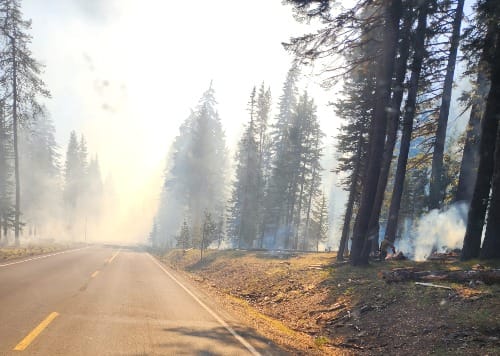
Visibility dimmed and dimmed some more until I could see only about 75 feet ahead. That was short-lived; it lightened again.
The next day, on my way to Lassen Volcanic National Park, I saw similar signs and along the drive I noticed distant smoke in much greater volume than at Crater Lake. More prescribed burning, although this time it was the US Forest Service.
Through Lassen and beyond, I passed through hours of burned forest, evidence of the Dixie Fire from 2021 which torched almost one million acres.
Everyone knows wildfires seem increasingly common and larger. Part of that is climate change, but a lot of it is because knowledgeable people have not been setting fires. Many western forests depend on fire, and many of them evolved with regular periodic burns. When the first professional foresters noticed this practice, they dismissed it derisively as "Paiute forestry." Without these fires, forests have changed dramatically and are poised for big burns like the Dixie Fire.
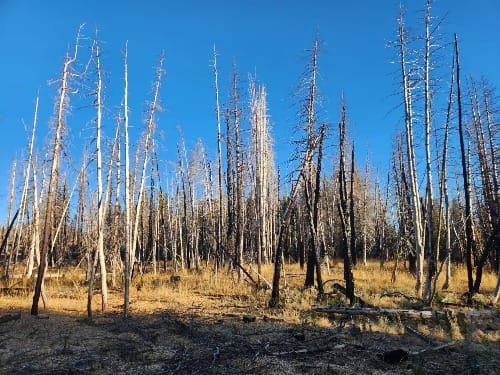
Prescribed fires, like the one I saw up close in Crater Lake, are supposed to help. But the scale needed is immense and the personnel necessary to carry it out are few and without sufficient resources. Regulations make it a slow process, too.
The National Park Service helped pioneer prescribed burns in the federal land agencies at one of the parks I will be visiting next week, Sequoia and Kings Canyon.
Lingering Incarceration
Twice on this trip I've visited incarceration centers used for Japanese and Japanese Americans during World War II: Tule Lake and Manzanar. During the war, President Franklin D. Roosevelt signed an executive order that effectively banished this population from the West Coast.
Security was cited as a concern, but racism and economic anxiety underlay it. (Exceptions were made in Hawaii and the interior West.) The Supreme Court signed off. (Tell me if this echoes across the decades.)
What remains at Tule Lake (and Camp Tulelake, a small satellite camp) is minimal, even though it held almost twice as many people as Manzanar. At Manzanar, against the backdrop of huge mountains, a driving tour that includes opportunities to stop and walk gives a sense of the scale of these places of imprisonment.
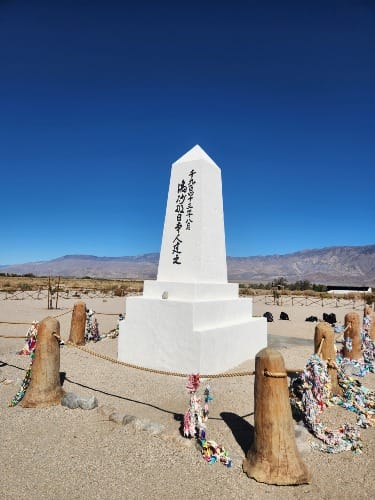
The fences remain. And one of the watchtowers. Signs of warnings. All of these hint at the lack of freedom here.
When I walked the grounds at Manzanar, something squeezed at me. I felt discomfort. It might have been anger, but it seemed like something other than that. A feeling of falling short, of betrayal, of violation. I'm no stranger to the sins of the American state. I am an American historian after all. But at Manzanar, those failures confronted me. The barracks. The hospital. The interpretive signs about a riot. The cemetery.
I know the excuses--wartime exigency--but lives were upended, property lost, families wrenched apart. Why?
A roadside marker at Tule Lake explained it clearly enough:
These camps are reminders of how racism, economic and political exploitation and expediency can undermine the constitutional guarantees of United States citizens and aliens alike. May the injustices and humiliation suffered here never recur.
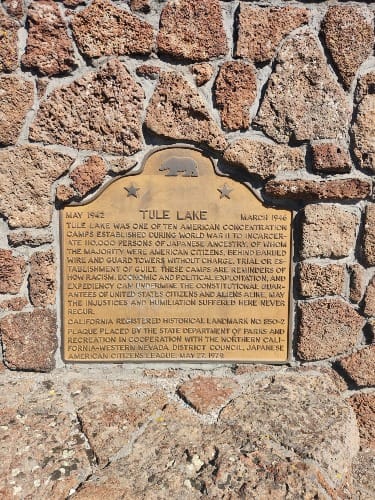
And at the smaller Camp Tulelake, the interpretive sign offered a grim reminder too many have forgotten:
The Tule Lake Unit is a reminder to all Americans that the Constitution is no more than a piece of paper unless we are willing to defend its principles.
Never has the Constitution seemed more like merely a piece of paper than in recent days.
Road Terrors
A final theme is personal. This isn't so much a revelation as a confirmation. Narrow, winding roads--especially downhill--terrify me. My hands clinch. My shoulders tighten. My heart races. I sweat. My eyes hurt from focusing. Scenery whizzes by me, probably stunning, but I can't look, because I'm obsessed by the oncoming traffic that appears always ready to swerve into my lane or the edge of the road that surely is moments away from sloughing off into the abyss.
This is how I will meet my end.
At least, that's how I feel when navigating such places. And this trip has given me plenty of opportunities to experience it.
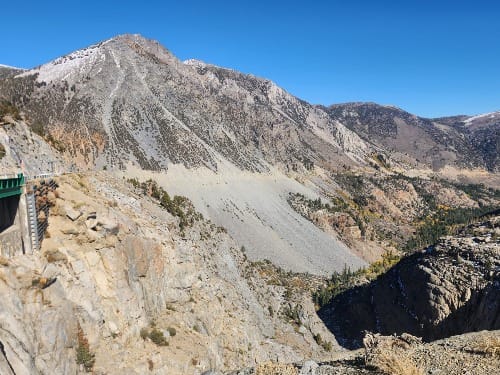
The curves on a map do not do enough to warn me. For a moment yesterday, I thought, "Maybe you should just drive around these byways." That would put many places out of reach. So, for now, I'll white-knuckle it.
Uniting Theme?
Does anything unite these disparate observations? Perhaps it is that we should not operate from fear. Indigenous practices of burning ought not to have been dismissed. More than 110,000 immigrants and Americans ought not to have been imprisoned. And I ought to trust other drivers and the road engineers.
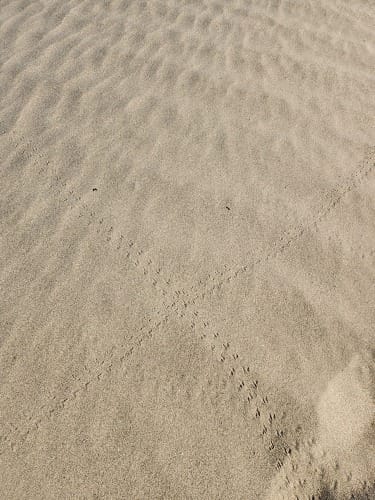
Comments ()